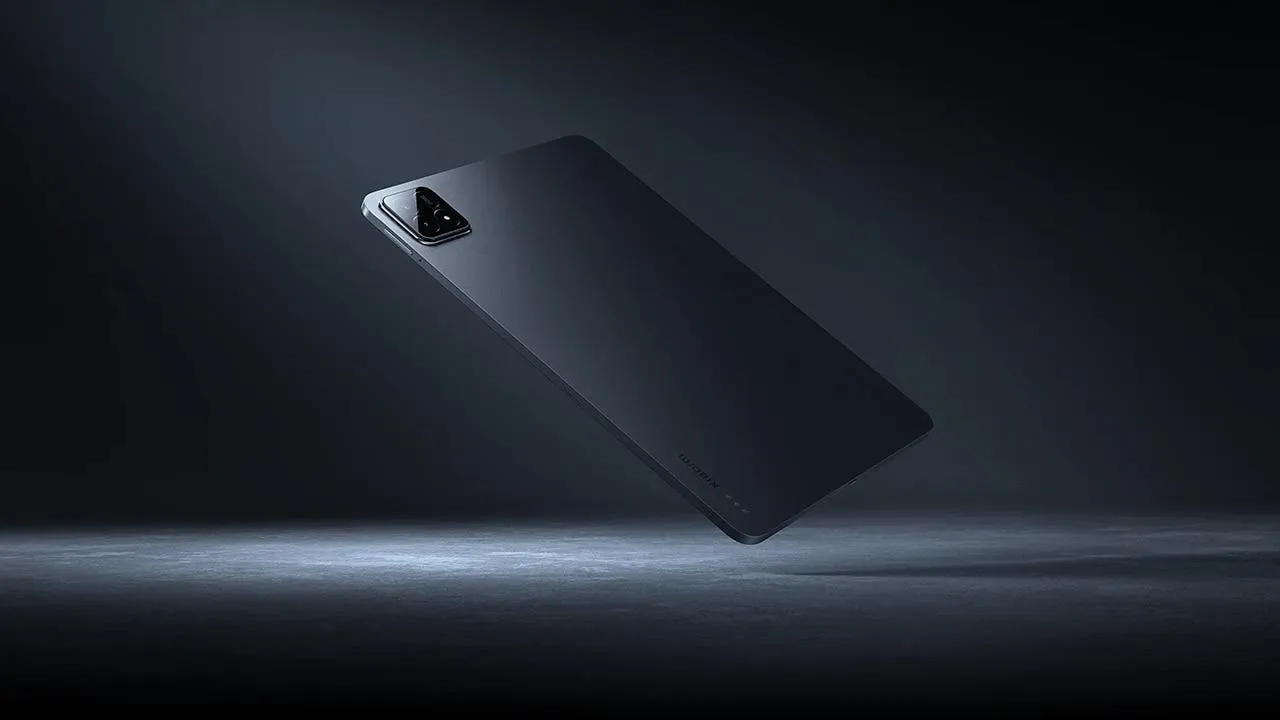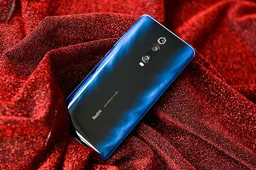Qualcomm and ZTE completes 5G mobile phone millimeter-wave interoperability test
newsFriday, 01 November 2019 at 12:17

Qualcomm and ZTE jointly announced today that under the organization of the IMT-2020 (5G) promotion group, the two sides successfully implemented China's first smartphone-based 5G millimeter wave interoperability test (IoDT). It is reported that this test is based on the global 3GPP 5G New Airspace 15 specification, which is carried out on the 26GHz millimeter-wave band. It uses ZTE's 5G new airbase station and a smartphone test terminal equipped with Qualcomm Snapdragon 5G baseband and RF system.

As you may know, 5G technology has two frequency band routes. One is the frequency band below 6GHz. The transmission distance is far and there is no interference, but the rate is relatively low. The second is the mmWave (millimeter-wave) band, the rate is higher, but the propagation and poor penetrability makes it more suitable for short-range dense deployment.
Therefore, in China, equipment manufacturers and operators are pushing the frequency band below 6GHz. However, regardless of Huawei or Ziguang, the 5G SoC solution supports millimeter waves. This new cooperation by Qualcomm and ZTE is obviously yeilding positive results.
According to the IMT-2020 (5G) Promotion Group's plan, 2019 is an important stage in researching and testing of 5G millimeter wave key technologies. Qualcomm emphasizes that millimeter waves bring significant bandwidth capacity and lower latency. In addition, it also support extremely dense spatial multiplexing. In the past, millimeter-wave mobilization was an impossible technical challenge. However, Qualcomm's success in researching millimeter-wave basic technology proves that millimeter waves can be used in smartphones!
Popular News
Latest News
Loading






